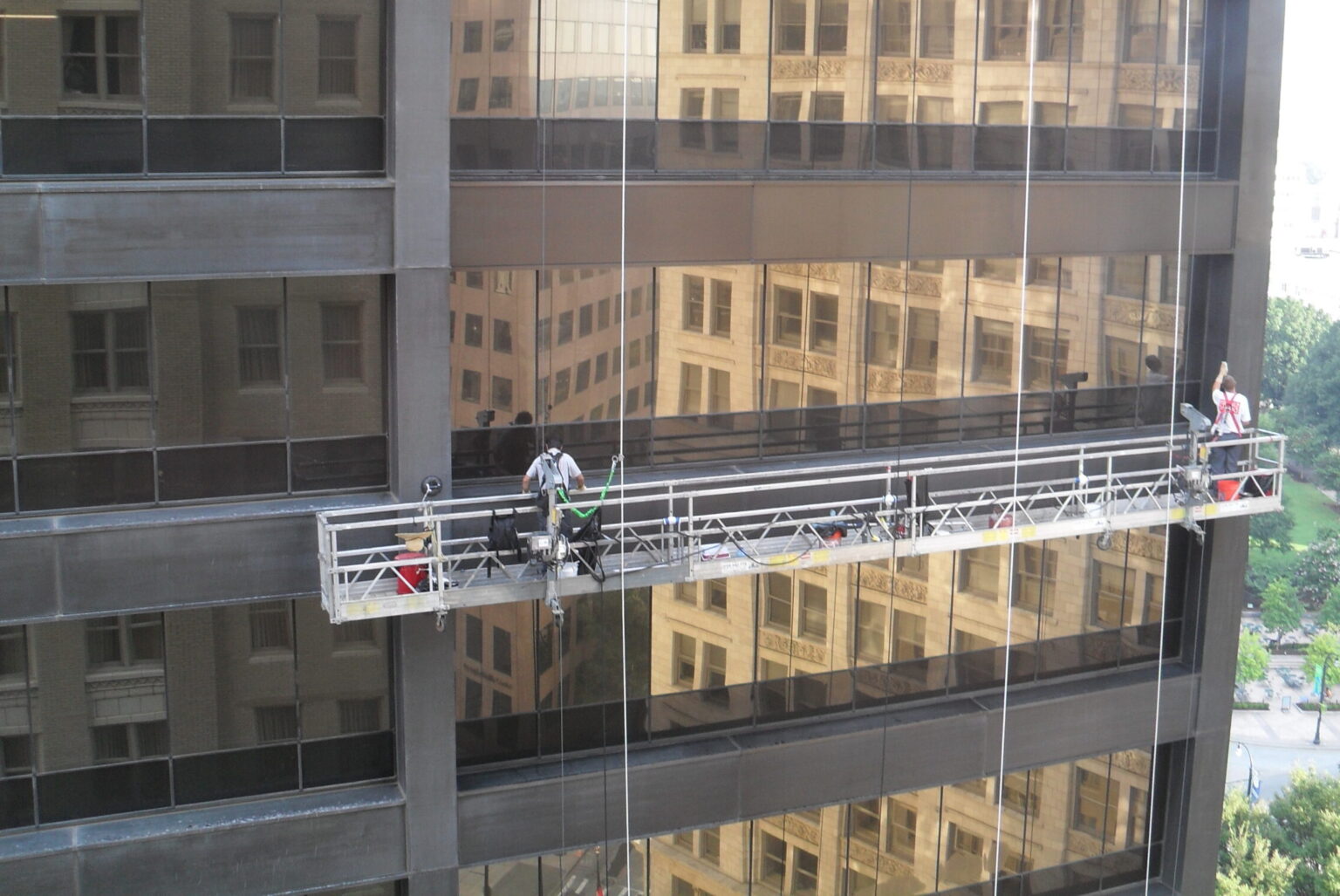
Preserving Surfaces, Protecting Value.
The Case for Architectural Surface Maintenance Programs
Executive Summary
Architectural surfaces — metal, stone, wood, and building façades — play a crucial role in defining a property’s identity, durability, and value. Across industries, these surfaces shape first impressions, reflect the caliber of the asset, and contribute to long-term operational performance. Yet they are also among the most vulnerable features in the built environment.
This white paper outlines why structured maintenance programs for architectural surfaces are essential — not just for individual materials, but for the overall health of properties across commercial real estate (CRE), luxury retail, educational campuses, and multi-family residential environments. Whether the goal is to retain tenants, attract shoppers, inspire students, or satisfy residents, investing in surface care is a smart, strategic move that protects both aesthetics and capital.
The Hidden Cost of Neglect
While surface damage may begin subtly — staining on a stone column, rust at the base of a handrail, cracking in wood paneling — it often signals deeper, progressive deterioration. Environmental exposure, heavy foot traffic, seasonal changes, cleaning chemicals, and lack of protection take their toll quickly. Left unaddressed, minor issues can become major liabilities, leading to large-scale restoration needs, tenant complaints, or even safety risks.
In high-traffic commercial buildings and multi-family residences, these materials are subject to near-constant use. In academic institutions, cyclical wear from semester schedules combined with tight capital budgets makes proactive maintenance even more critical. Meanwhile, in the luxury retail world, brand equity is closely tied to a store’s visual presentation — where even small imperfections can undermine the customer experience.
Why a Maintenance Program Works
A formal maintenance program offers more than just cleaning — it delivers a strategic approach to protecting material integrity and maximizing service life. Routine inspections, preventative cleanings, sealing treatments, and small repairs, performed by trained technicians, not only preserve the appearance but also delay the need for expensive restoration or replacement.
This approach benefits every stakeholder. Property managers gain predictability in budgeting. Owners preserve asset value. Retailers maintain brand standards. Schools avoid disruptive repairs during class sessions. Residents enjoy enhanced environments that feel well-maintained and cared for. Across all markets, there is a common benefit: fewer surprises, fewer complaints, and stronger long-term ROI.
Tailored Strategies, Shared Principles
Though each property type has unique usage patterns and expectations, the foundational principles of surface maintenance remain consistent:
- Metal components, such as handrails, signage, elevator finishes, and decorative panels, require corrosion prevention, polishing, and sometimes recoating to stay visually and structurally sound.
- Natural stone surfaces — common in lobbies, staircases, monuments, or entryways — must be routinely cleaned with pH-balanced solutions and protected from etching and cracking.
- Wood elements, including paneling, doors, and interior architectural features, demand careful cleaning, occasional refinishing, and protection from drying, warping, or discoloration.
- Façade systems, whether clad in masonry, metal panels, or composite materials, need periodic inspections, waterproofing, and restoration to defend against water infiltration, UV degradation, and freeze-thaw cycles.
A nationwide luxury retailer may need frequent storefront touch-ups and seasonal façade cleaning, while a downtown commercial tower might prioritize quarterly lobby stone polishing and annual exterior inspections. A multi-family developer may incorporate ongoing maintenance into building operations to enhance resident satisfaction and retain occupancy. For schools, preventive care during summer breaks can avoid more expensive repairs during the academic year.
The service delivery must match the pace and expectations of the property. That’s why customized programs — backed by trained technicians with deep material expertise — are essential.
Key Components of a Successful Program
- Condition Assessments – Baseline evaluations provide insight into current material conditions, risk factors, and priorities for action.
- Scheduled Services — Proactive treatments based on usage and exposure—cleanings, touch-ups, sealing, and minor repairs — are scheduled to avoid disruption.
- Specialist Execution — Skilled professionals, certified in restoration techniques, deliver consistent quality across all surface types and locations.
- Portfolio Reporting — Centralized documentation allows asset managers to track service history, plan budgets, and ensure compliance across regions.
- Emergency Response — Rapid dispatch for issues like graffiti, vandalism, or storm-related damage ensures properties are never left vulnerable.
Conclusion: A Smart Investment in Longevity and Perception
Buildings speak before people walk through their doors. Their surfaces tell stories — of care, of quality, of brand, of age. When those surfaces are maintained with expertise and consistency, the result is more than good looks; it’s long-term asset protection.
From corporate towers to luxury storefronts, school campuses to residential communities, investing in an architectural surface maintenance program is a strategic decision that pays dividends in aesthetics, safety, and value. At STUART DEAN we bring nearly a century of experience and a national network of restoration professionals to help clients protect what matters most — beautifully and reliably.
